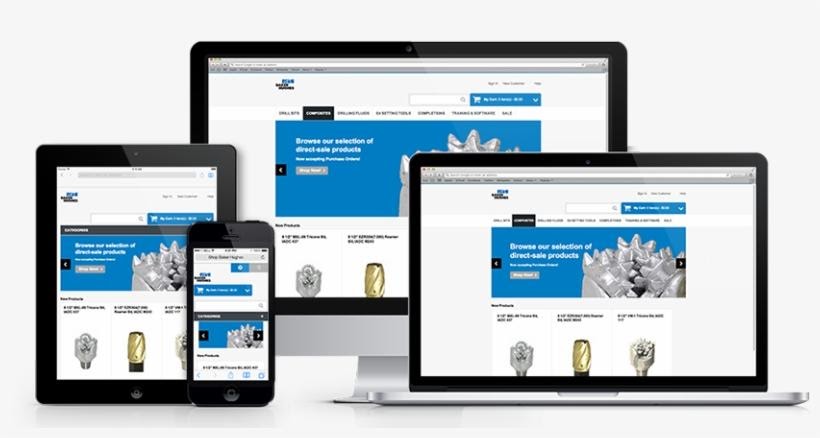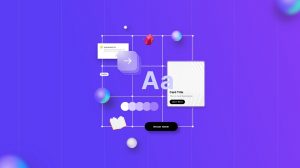In this era of modern technology, websites are fast-developing businesses themselves. A lot goes into making a user-friendly website that is also eye-catching. These can be the coding that goes into it, the navigation needed to use the website, its fundamental functions, or how it will appear to its users. Designing a website can be a daunting task, but this is always handy for website designers and developers to have some planning done beforehand to avoid mishaps and time-consuming anomalies. These seven tips will guide you through the process of a website development company.
1) Choose An Appropriate Domain:
Having a short and uncomplicated name is essential while setting the domain for your website. It helps your consumers to remember your name quickly and for a longer time. It is what you need for them to keep coming back to you. When choosing your domain, you need to make sure that it does not have any hyphens, and it is better to keep only one keyword in a domain name to get found without any follow-up searches or hassles because nobody wants that!
Businesses that incorporate simple spelling, brand identity, and a combination of SEO into the domain name are masters of attracting more customers from their website. But other things contribute to this as well.
2) Uptight Security:
Domain name security isn’t one of the most concerning factors when you’re designing your website. However, there has been an increase in web attacks, which means this protection is now more crucial than ever before. This security is essential for both you and the visitors on your site. If you overlook general web security policies during your site’s development, you might have to face the consequences in the aftermath. This very carelessness is what could come back to bite you if someone attempts to hijack and take over your domain.
Since the internet is an enticing prospect for people who can exploit weak security links, it is your responsibility to be careful. You can protect your website with SSL certification, activate DNSSEC for additional security, and enable a firewall to restrict unapproved access. In case you want to be extra safe, a VPS would also be advisable.
3) Design and Layout:
Customers often associate the website design with the quality of the product. Hence, web developers have to put in extra effort in making it appealing and attractive to its consumers. Having a clean yet interactive design is their foremost priority as it can lead to an easy-to-read layout with intuitive navigation. The user interface must be simple enough for the customer to digest easily. If you have your content displayed with the right amount of illustrations, instead of having distracting graphics and images, it will help your customer to focus on your brand and the value it holds. You must organize your page to get the perfect balance of pictures as well as the text content.
4) A Colorful Logo:
Before you finalize your website’s design, it is crucial to draw up a particular logo that makes sense for your goals. Even if the name isn’t part of a logo, most businesses are identifiable solely by their logos. It is because a logo is the face of your business. Being one of the first things the audience notices about you, your logo should be one of your essential branding investments. The logo you design should be distinguishing enough to be recognizable across the internet. You may take assistance from a professional logo design such as Logozila, which can help you express your ideas better and more interactively and boldly. However, you can also opt for doing it yourself by self-learning through millions of creators online.
5) Easy Usability:
When it comes to successful visual cues for your webpage, usability contributes as a leading factor. Thus, website development consultants have to make sure that their webpage has all the characteristics a customer would need for the site to be readily accessible. For this reason, it is advisable to display the information about your product or service in a distinct yet concise manner for every user to understand quickly. All the elements from buttons to hover states need to be uniform and pleasing to the eye.
6) Simple Navigation:
When developing a website, you need to know the location of every icon on a page. Your website’s structure must follow the understanding of various search engines to utilize SEO optimization to its fullest. If you make the design simple, it is easier for the user to locate their desired content. You would not want to confuse the user with your website’s layout, so it is better to make a hierarchy before coding your website to make everything easier to follow. A comprehensive sitemap will show you the placement of the content. In addition to the organized structure, the website navigation guides you to find each page. Hence, the inclusion of a sitemap can go a long way for your website’s success
7) Content’s Originality:
When creating a website, it is eminent that you decide how big it will be, bringing us to the content a site should have. Your content is what keeps users on your webpage and brings them back as well. As previously mentioned, an SEO perspective is what helps you to lock users to your website. All of this gives them an engaging platform that they can interact in while you, as a web designer, conveys your key messages to the customers of your product or service. Updating your blogs continuously, in addition to the stocks of your goods, with the right amount of advertising is what will attract customers to your site like bees to honey.
Final Thoughts
Summing these all up, with a lot of planning and a little formation, designing a website can be as easy as A.B.C. Given these seven features of designing and developing a website, it is evident that a lot more goes into making a webpage. Your website must engage customers while you work effectively with your webpage, and this can be done by following these few tips. Now, anyone can design a website!






